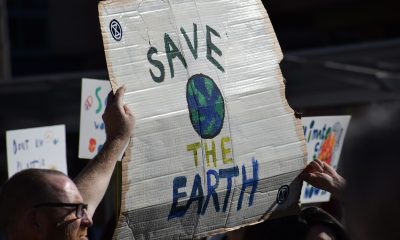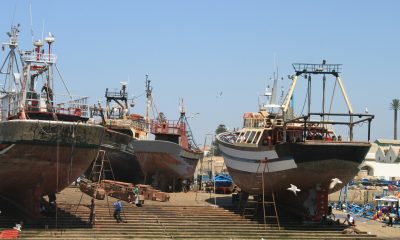Africa
Morocco’s Widening Trade Deficit: A Persistent Economic Challenge
Morocco’s trade deficit remains chronic, surpassing 300 billion dirhams in 2024, driven by energy and grain imports. Despite export growth in phosphates and autos, the gap persists. It’s currently offset by tourism and remittances, but long-term sustainability is uncertain. Rising deficits with China, the U.S., and Spain further strain Morocco’s external balance.
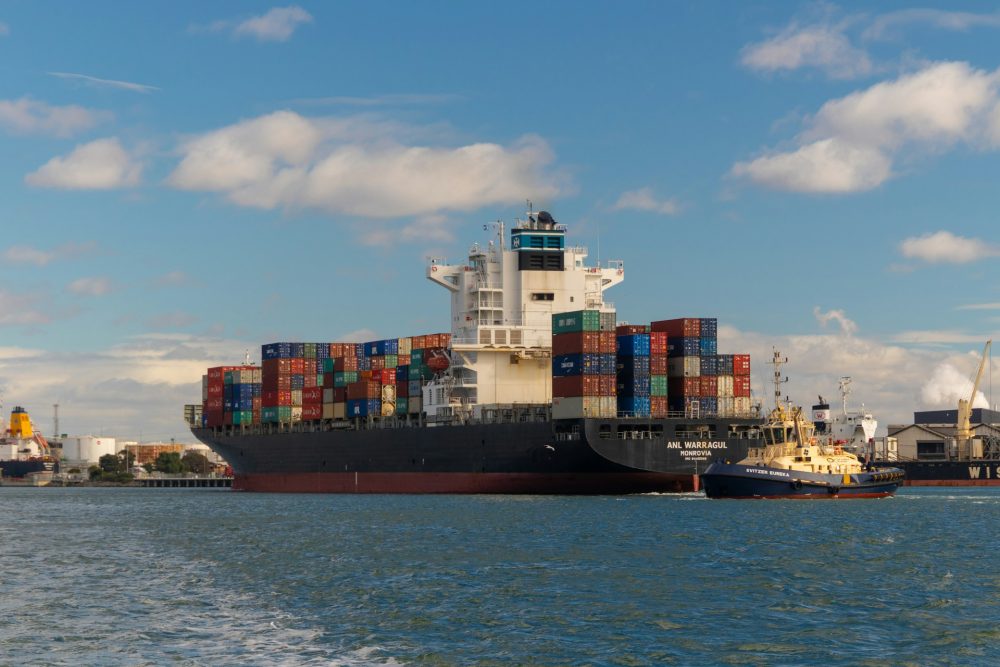
Morocco’s trade deficit with the rest of the world crossed a symbolic threshold for the first time in 2022, reaching 308.8 billion dirhams. Last year was at the same pace with a “hole” of 306.5 billion. For the time being, this deficit is financed by transfers from MREs and revenues from international tourism. But in the long term, these two shock absorbers may no longer hold.
The trade balance shows a chronic trade deficit that has further widened in 2024, to 306.47 billion dirhams (MMDH). For more than forty years, Morocco’s trade with the rest of the world has been structurally in the red.
This “eternal deficit” has been multiplied by more than three in the last two decades. Newly, for the second time in three years, this hole exceeds the symbolic threshold of 300 billion dirhams after the historic record of 2022, at 308.8 billion.
That year, the import bill had exploded, driven by the surge in oil and grain prices following Russia’s invasion of Ukraine. If 2022 will have marked a break, the first one came in 2007, when the trade deficit exceeded the symbolic bar of 100 billion dirhams, 135.7 billion to be precise.
Structural trade deficit
Despite the diversification and the increase in value of its export offer, particularly for the phosphates & derivatives industry and the automobile industry, the trade balance remains the great sick body of the Morocco’s foreign trade. It has never been in balance for forty years. The irreducible imports of petroleum products, coal, and cereals to compensate for the fall in harvests due to recurring droughts (editor’s note: Morocco is in its sixth consecutive year of water stress) are causing the import bill to soar.
According to data from the Foreign Exchange Office, the country purchased 17.83 billion dirhams worth of wheat on the international market, compared to 19.36 billion in 2023 and 26 in 2022. It is understandable why it is courted by the very closed circle of global wheat exporters (Canada, France, Russia, Australia, Romania, Argentina and the United States). The structural deficit in the trade balance is currently financed, in part, by revenues from international tourism and remittances from MREs. These two shock absorbers help to ward off a crisis in external payments as happened in the 1980s.
Apart from controlling inflation, Morocco would not fit into the famous “magic square” of Nicholas Kaldor, the British economist who had theorized the four objectives of economic policy (growth, full employment, price stability and external balance-surplus). The year 2023 ended with a real improvement in the current account, posting a deficit of 0.6% of GDP, partly thanks to the easing of oil prices: a drop of more than 1,800 dirhams in the average price per ton of fuel and, above all, an average drop of 3,460 dirhams in gas prices.
In the geography of Morocco’s foreign trade, the most significant fact of the last 20 years is the rise of China. Trade with the Middle Kingdom, once centered on massive imports of tea by the Kingdom and the export of fertilizers and phosphates by the OCP group, has undergone a change and an acceleration since the commissioning of Tangier Med. The urban middle classes’ voracity for consumer goods has done the rest.
Less and less the world’s factory for ready-to-wear brands or household appliance manufacturers, China exports smartphones, equipment for telecom networks, motor vehicles, laptops, etc. to Morocco.
The Kingdom’s breakthrough in Asian markets is mainly due to the strategy of moving up the value chain, successfully implemented by the OCP group, which appears to be the spearhead of the diversification of the country’s external outlets. Sales of phosphates and derivatives literally exploded by 43.9% in 2022, to 115.5 billion dirhams.
The largest bilateral trade deficits
Trade with China has been showing a worsening trade deficit since 2011. 70.6 billion dirhams in 2021 compared to 21.7 billion ten years earlier. The trade deficit with the United States is also widening, rising to 40.4 billion in 2022.
With regard to Saudi Arabia, the trade balance also remains in deficit, with a “hole” amounting to 46.7 billion. The trade balance is also in deficit with regard to the main trading partner, Spain.
Certainly, the Iberian neighbor is today the largest outlet for textiles and clothing in the Kingdom, far ahead of France and the United Kingdom. However, the trade deficit with Spain is widening, reaching 19.9 billion in 2022.
__
(Featured image by John Simmons via Unsplash)
DISCLAIMER: This article was written by a third party contributor and does not reflect the opinion of Born2Invest, its management, staff or its associates. Please review our disclaimer for more information.
This article may include forward-looking statements. These forward-looking statements generally are identified by the words “believe,” “project,” “estimate,” “become,” “plan,” “will,” and similar expressions. These forward-looking statements involve known and unknown risks as well as uncertainties, including those discussed in the following cautionary statements and elsewhere in this article and on this site. Although the Company may believe that its expectations are based on reasonable assumptions, the actual results that the Company may achieve may differ materially from any forward-looking statements, which reflect the opinions of the management of the Company only as of the date hereof. Additionally, please make sure to read these important disclosures.
First published in LES ECO.MA. A third-party contributor translated and adapted the article from the original. In case of discrepancy, the original will prevail.
Although we made reasonable efforts to provide accurate translations, some parts may be incorrect. Born2Invest assumes no responsibility for errors, omissions or ambiguities in the translations provided on this website. Any person or entity relying on translated content does so at their own risk. Born2Invest is not responsible for losses caused by such reliance on the accuracy or reliability of translated information. If you wish to report an error or inaccuracy in the translation, we encourage you to contact us

-
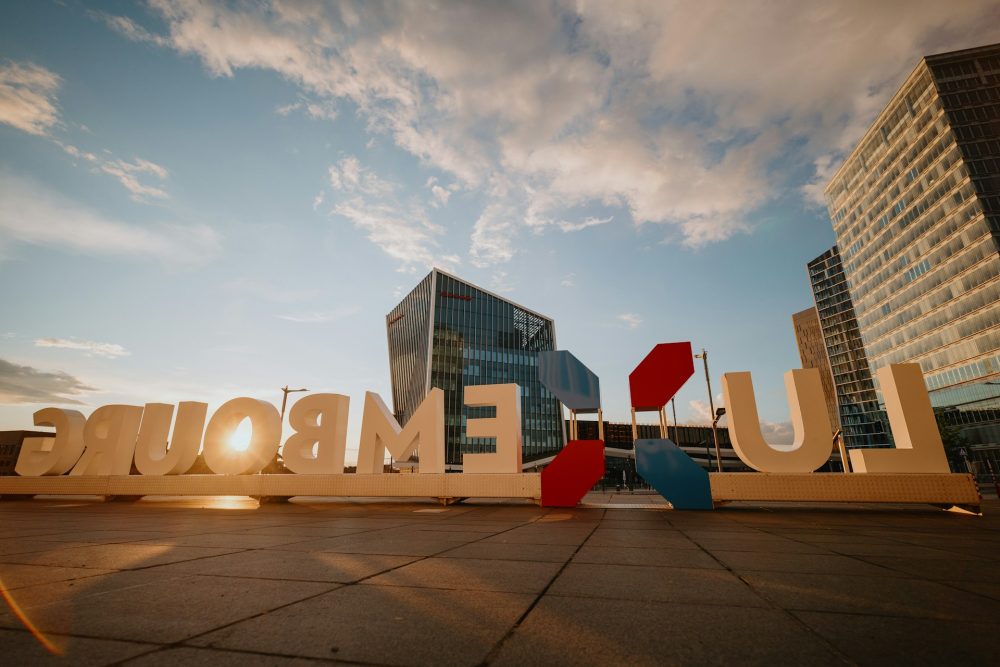
 Cannabis5 days ago
Cannabis5 days agoLuxembourg’s Cannabis Paradox: Legal at Home, Restricted Everywhere Else
-
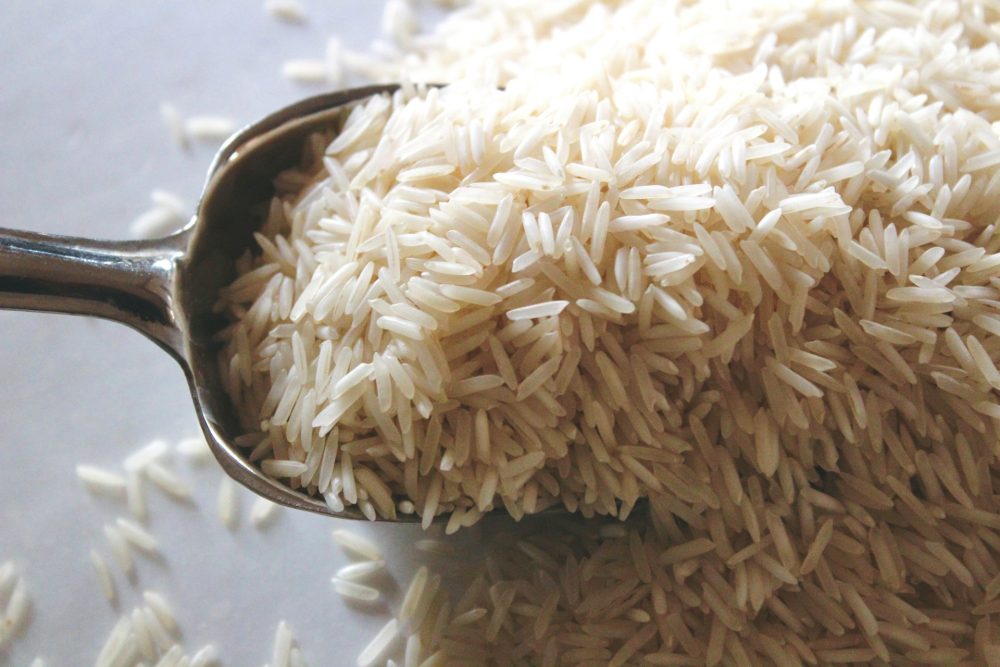
 Markets2 weeks ago
Markets2 weeks agoRice Market Update: Prices Dip Amid Weak Exports and Global Pressure
-

 Crowdfunding2 days ago
Crowdfunding2 days agoCommunity Energies 2026: Funding Projects Combating Youth Loneliness
-
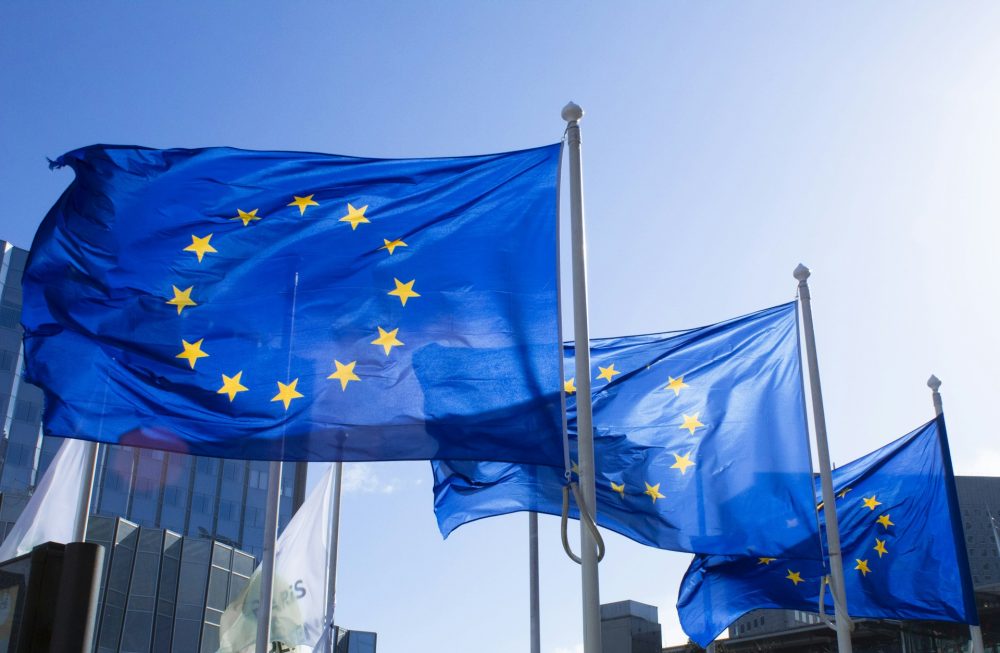
 Impact Investing1 week ago
Impact Investing1 week agoEU Expands Leadership in Sustainable Finance with Record Green Bond Impact






